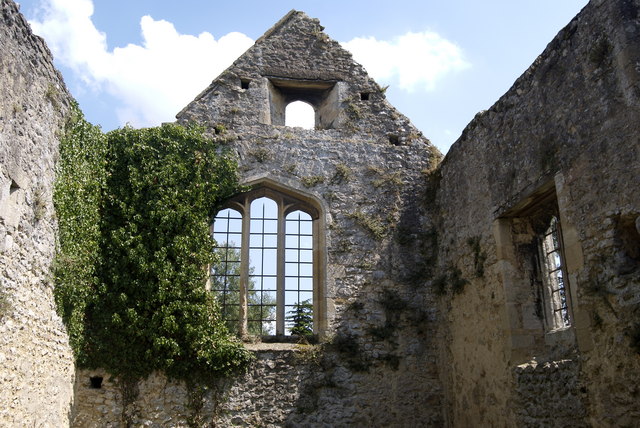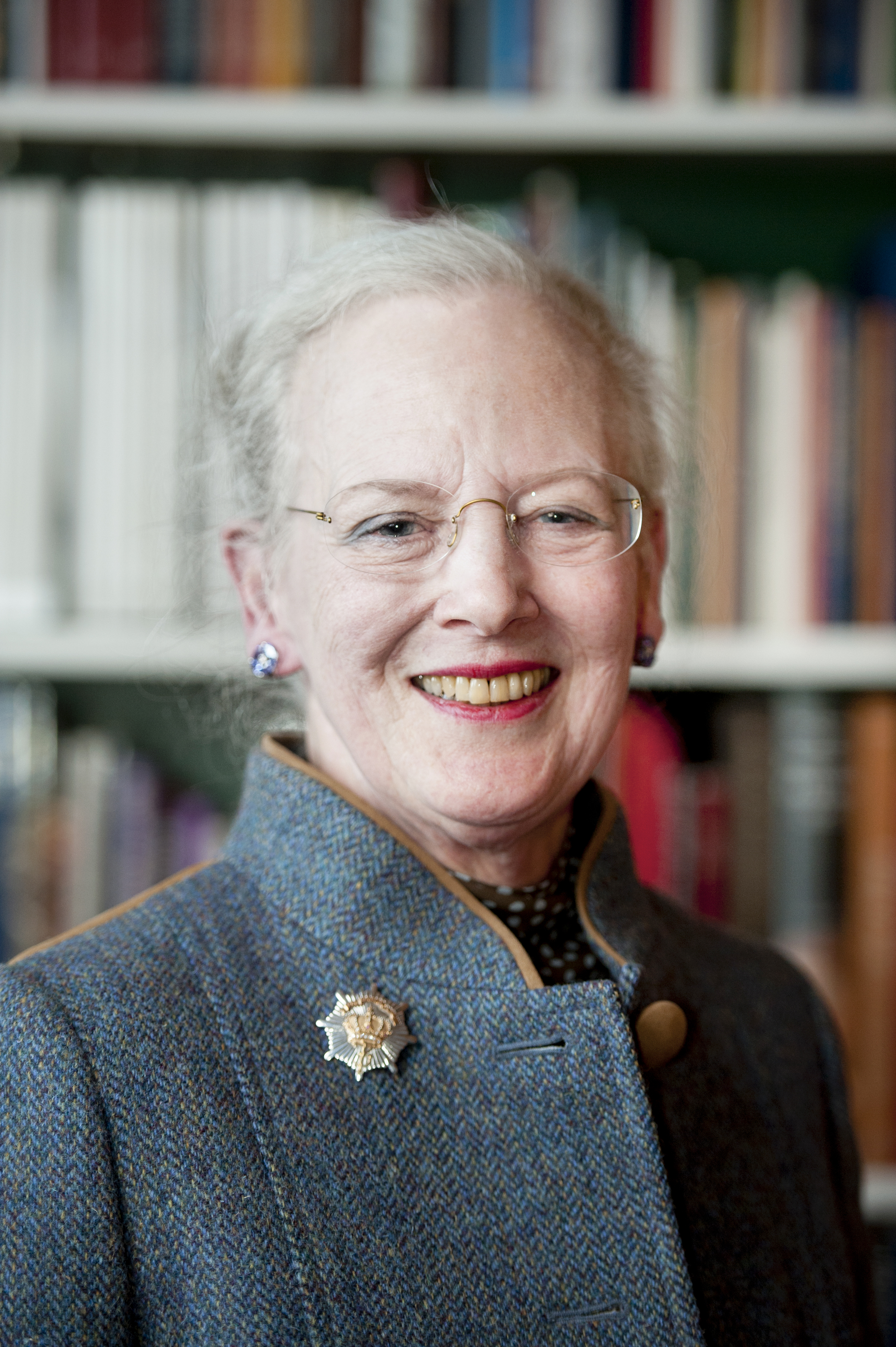© Unofficial Royalty 2024

Margherita of Savoy, Queen of Italy, Credit – Wikipedia
January 4, 1825 – Death of Ferdinando I, King of the Two Sicilies in Naples, the Kingdom of Naples, now in Italy; buried at the Basilica of Santa Chiara in Naples
In 1759, upon the death of his childless half-brother King Ferdinand VI of Spain, Ferdinando’s father King Carlos IV of Naples and Sicily succeeded him as King Carlos III of Spain. Because of treaties, Carlos could not be the sovereign of all three kingdoms. His eldest son Felipe was excluded from the succession because of intellectual disability and his second son Carlos was the heir apparent to the Spanish throne. That left the third son Ferdinando to become King of Naples and King of Sicily. In 1768, Ferdinando married Archduchess Maria Carolina of Austria. The couple had 17 children but only seven survived childhood. Four of their five surviving daughters married sovereigns. Ferdinando’s wife Maria Carolina was better educated and more qualified to reign. As part of the marriage contract, Maria Carolina was to have a place on the council of state after the birth of her first son. From 1777 on, Maria Carolina was the de facto ruler of the Kingdoms of Naples and Sicily. Ferdinando was deposed twice: once by the revolutionary Parthenopean Republic for six months in 1799 and again by Napoleon in 1805, before being restored in 1816. In 1820, after riots in Sicily, Ferdinando Ferdinando was forced to sign a constitution and appoint his son Francesco as regent of Sicily. This only lasted until 1821, when Austrian troops friendly to Ferdinando occupied Naples. Ferdinando was re-established as an absolute monarch and the constitution was withdrawn. Ferdinando I died from a stroke at the age of 73.
Unofficial Royalty: Ferdinando I, King of the Two Sicilies
January 4, 1836 – Birth of Anna of Saxony, Hereditary Grand Duchess of Tuscany, first wife of Ferdinando IV, Grand Duke of Tuscany, in Dresden, Kingdom of Saxony, now in the German state of Saxony
Anna of Saxony was the daughter of Johann, King of Saxony. Anna’s father was a close friend of Leopoldo II, Grand Duke of Tuscany. The two families were linked by several marriages. A marriage between Anna and Leopoldo’s eldest son and heir Ferdinando, Hereditary Grand Duke of Tuscany was negotiated when the future bride and groom were still children. Anna and Ferdinando were married on November 24, 1856, and Anna gave birth to a daughter in 1858. On February 6, 1859, during a trip to Naples, Kingdom of the Two Sicilies, now in Italy, Anna miscarried a daughter due to typhoid fever. Four days later, Anna died at the age of twenty-three.
Unofficial Royalty: Anna of Saxony, Hereditary Grand Duchess of Tuscany
January 4, 1926 – Death of Margherita of Savoy, Queen of Italy, wife of King Umberto I of Italy, at Villa Margherita in Bordighera, Italy; buried at the Pantheon in Rome, Italy
In 1868, Margherita married the future King Umberto I of Italy. They had one child, the future King Vittorio Emanuele III of Italy. Margherita became Queen of Italy when her husband ascended to the throne following his father’s death in 1878. Immensely popular with the Italian people, Margherita was very active with many cultural organizations, promoting the arts, and working with the Red Cross. In 1900, Margherita’s husband was assassinated. The throne passed to the couple’s son, Vittorio Emanuele III, and Margherita settled into her new role as Queen Mother. She devoted herself to her charity work and the advancement of the arts in Italy. In 1914, Margherita purchased Villa Etelinda in Bordighera, Italy. The villa was situated in a large park, which is where Margherita had a new house built, named Villa Margherita. For the remainder of her life, she spent several months at Villa Margherita each year, entertaining numerous artists and writers as well as members of her family. Margherita died at her home at the age of 75.
Unofficial Royalty: Margherita of Savoy, Queen of Italy
January 4, 1931 – Death of Louise, Princess Royal, Duchess of Fife, daughter of King Edward VII of the United Kingdom, at her home at 15 Portman Square in London, England; first interred at St. George’s Chapel at Windsor Castle, later buried with her husband at the private chapel in the mausoleum of Mar Lodge in Braemar, Aberdeenshire, Scotland
Louise was the eldest daughter of King Edward VII of the United Kingdom and his wife Alexandra of Denmark. In 1889, she followed the example of her aunt Princess Louise and married a husband from the British nobility, Alexander William George Duff. Duff, as he was called, had become 6th Earl Fife upon the death of his father in 1879. Two days after Louise and Duff’s wedding, Queen Victoria created the groom Duke of Fife and Marquess of Macduff in the Peerage of the United Kingdom. Louise and Duff had a stillborn son and two daughters. As the eldest daughter of the monarch, Louise was created Princess Royal during her father’s reign, in 1905. In December 1911, the Duke and Duchess of Fife and their two daughters set off to spend the winter in Egypt and Sudan where the climate was more beneficial to Louise’s health. Their ship went aground near Morocco and then their lifeboat sank. The family was rescued, but the Duke of Fife later developed pneumonia and died in Aswan, Egypt on January 29, 1912. Louise survived her husband by nineteen years, dying at the age of 63.
Unofficial Royalty: Louise, Princess Royal, Duchess of Fife
This article is the intellectual property of Unofficial Royalty and is NOT TO BE COPIED, EDITED, OR POSTED IN ANY FORM ON ANOTHER WEBSITE under any circumstances. It is permissible to use a link that directs to Unofficial Royalty.










